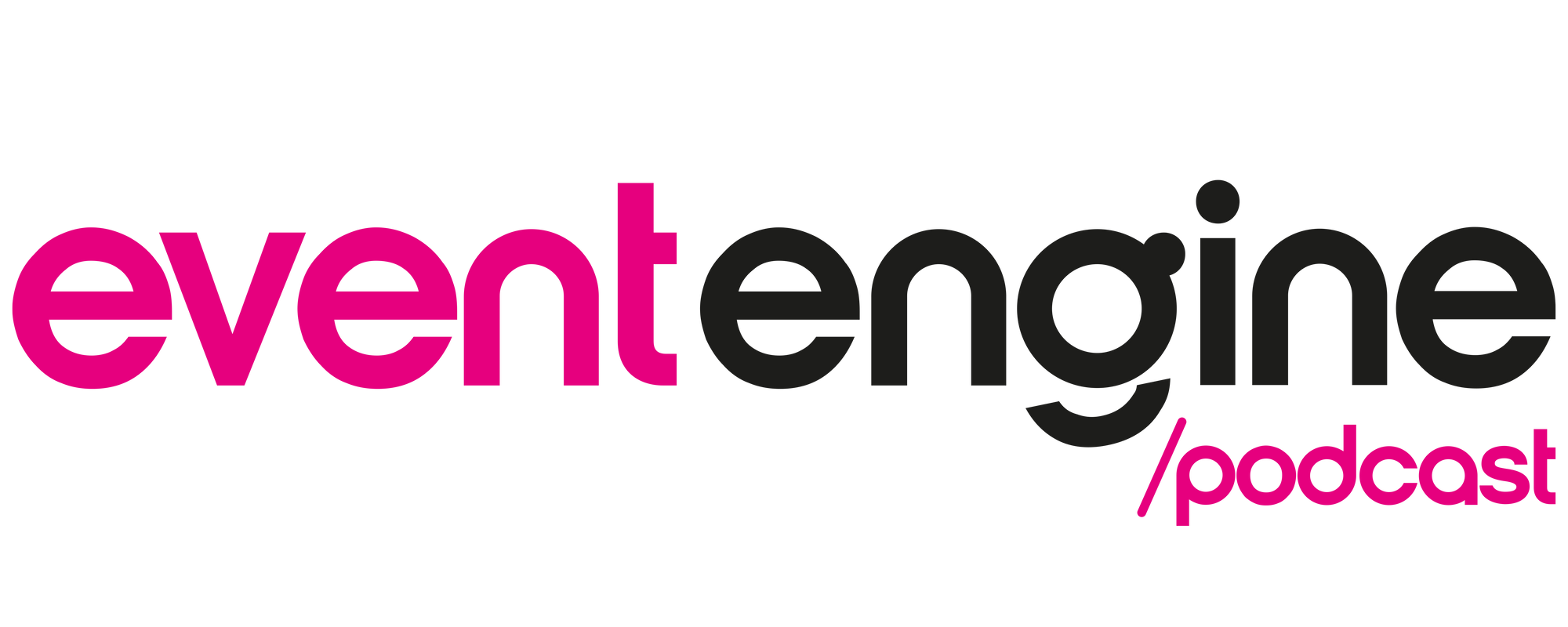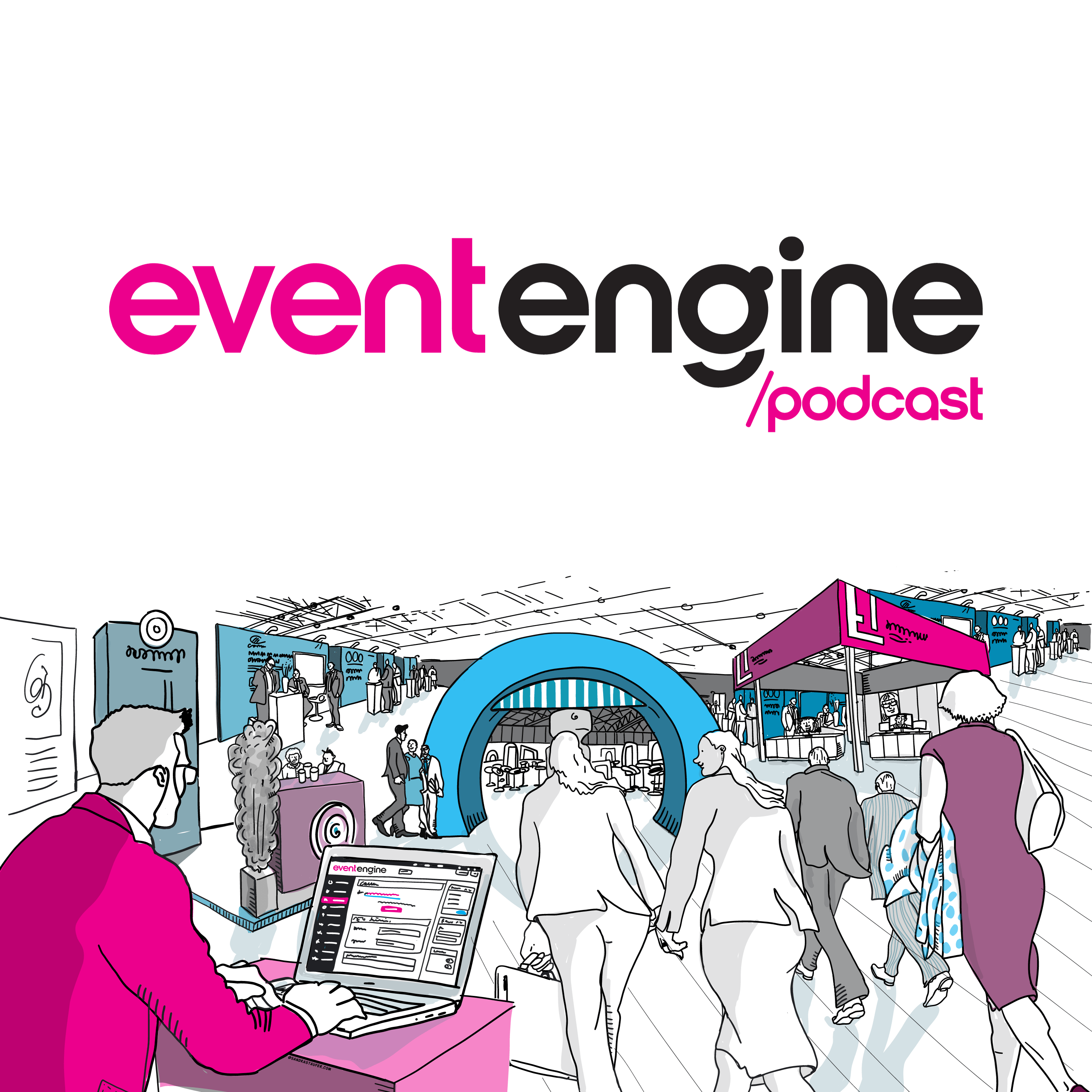
2:1 Irresistible sponsorship proposals: Using the room run rate
Lee shares a game-changing strategy that helped him turn his in-person conference from a loss to a profitable and vibrant event. He struggled to attract high-value sponsors for his event despite being an established brand in the web industry with several online assets and tens of thousands of subscribers. He felt like he was offering more and more access to his wider audience online and adding other perks, but still couldn't convert potential sponsors.
Lee's friend Jan Koch asked him a simple question that completely changed his perspective:
"What is your room run rate?" 🤯
Jan explained that if you gather enough information from attendees, you can calculate an average "run rate" per attendee to give potential sponsors an idea of the potential spend capacity of your audience. With an idea of the sort of businesses in the room, it didn’t take long for other relevant information to take form.
Based on the information gathered from attendees, they found the most common issues their attendees had in the day-to-day operations of their business, which helped them connect with the right sponsors.
Lee breaks down the three parts to this puzzle:
- the average business run rate,
- the general company structure,
- and key shared problems.
These help a potential sponsor to understand if those in the room have the right problem and are the right size for the solution that they provide.
By giving potential sponsors unparalleled insights into the spending capacity of your audience, you'll create the ultimate win-win situation: profitable events that cater to the needs of attendees and sponsors alike.
This episode shows you how to position sponsorships and make your event a magnet for high-value sponsors. By harnessing the power of "room run rate", Lee explores strategies to showcase your attendees' purchasing potential and attract the cream of the crop in sponsorship.
With a deep understanding of your attendees' turnover, company structure, and challenges, you can craft a sponsorship proposition that's irresistible.
Transcript
Welcome to the Event Martech Podcast, this is your host Lee.
Are you struggling to attract high-value sponsors to your event? Today I'll be sharing a game-changing strategy that helped me turn my in-person conference from a loss to a profitable and vibrant event.
By the end of this episode, you'll have a clear understanding of what room run rate is and how to use it to position your event to potential sponsors.
This will give you the edge you need to create successful, profitable events that meet the needs of both your attendees and sponsors.
So buckle up, grab your notebook, and let's get started!
First, story time!
After pivoting my event brand, Agency Transformation Live, online during the pandemic, I was excited to be finally getting back together in-person with a physical conference. This was an event for web agency owners, helping them scale their businesses. We’d already sold over 80% of tickets for the 2022 event, and had secured an awesome location, and got all our supplier deals nailed.
There was a buzz in the community about the event as people were looking forward to getting together, but I had one major issue. Cashflow.
You see, I had promised all those that paid for their 2020 ticket, a free ticket to our 2022 event after lockdowns had ceased. Thus there was pressure to ensure we covered costs through the rest of the paid ticket sales and through sponsorships.
I had many great conversations with potential sponsors just months before the event, but I couldn't convert any of them!
At a personal level I was feeling the anxiety and was on the verge of putting the event down as a loss and an expensive lesson.
In order to get sponsors over the line, I was offering more and more access to my wider audience online, and adding other perks, yet still nothing was working.
I couldn’t understand it. I was an established brand in the web industry. We had several online assets with tens of thousands of subscribers. We had a room full of ideal clients. And yet sponsors were still being coy with commitment.
The good news is, we did finally get a fully sponsored event that was a raging success.
The how hinges on a conversation I had with a close friend.
Three months before the event, I was on the phone to my friend Jan Koch (link in show notes). I was sharing with him my worries and stress of the finances. He let me off-load then asked me one simple question.
That one question completely changed my perspective.
“What is your room run rate”?
My response was simple, “room what now?”
Jan went on to explain that, whilst a business has a run rate. If you gather enough information from attendees, you can calculate an average “run rate” per attendee to give potential sponsors an idea of the potential spend capacity of your audience. Ask a few more questions and you can give potential sponsors a very compelling insight into what attendees turn over, their company structure and their key needs.
Within no time at all, from information I had collected plus some outreach to key attendees, Jan and I were able to calculate that the average attendee:
- Had a business run rate of £25k a month
- Had 5 team members
- And maintained 150 client websites
Three pieces of information that completely changed the conversations I was having, and content of our sponsorship page.
I was no longer talking about the number of people in the room, or relying on the scale of my brand online.
Instead we could quickly help potential sponsors understand what sort of company would be in the room, and of course the potential spend opportunities.
With an idea of the sort of businesses in the room, it didn’t take long for other relevant information to take form.
Based on the information we gathered from attendees, we found the most common issues our attendees had in the day-to-day operations of their business amounted to:
- Partnerships for scaling operations
- Maintaining a healthy level of profitability
- Platforms that help them keep the quality of service high
- Reliable hosting for projects
- Help with team and client onboarding
So there we had it, a room full of agency owners turning over an average of £25k monthly. A “room run rate” well over 1 million pounds a month when multiplied by the number of attendees.
We knew the type of businesses that were there and the challenges they faced.
Now we could connect with the RIGHT sponsors, and share with them this valuable information.
Within one week we had our top tier sponsorships filled and within a month, with just a few weeks to go till the event, we were running a fully financed and profitable conference.
My biggest takeaways were:
- Who’s in the room is vital. Everything else leads from there.
- Branding and followers whilst important don’t necessarily mean value and sales.
- Connect with sponsors that will add the most value to those who will be in the room.
So… let’s get practical.
How do you work out the “room run rate” and add the supporting information?
There are three parts to this puzzle.
- The average business run rate
- The general company structure
- And finally key shared problems
Operating costs without understanding the general structure of a company means it is hard to gauge the general profitability of a business.
Knowing the key problems allows a potential sponsor to understand if those in the room have the right problem and are the right size for the solution that they provide.
If you already capture this information as part of the registration process then you’ve already got an incredible source of information to allow you to calculate a strong representative average.
For those who have not (like I hadn’t), you’ll need to:
- Create a series of questions
- Connect with a sample of your attendees
To calculate an average that closely represents the room, you’ll want a good sample size of your attendees. In an ideal world you’d ask everyone.
Knowing how many people to ask is tough! How do you know you’ve asked enough people to create the most accurate average possible? For example there is a statistical technique called "sample size determination". This helps you work out how many people to ask to gather a good representative sample.
It’s at this point I won’t even pretend to understand this part, and like myself would encourage you to consult a statistician to help you create your plan of action.
Once you’ve determined the sample size and selected people at random, you’ll want to connect with them to get necessary information.
Let’s look at some potential questions that will allow you to gather the information via an onboarding form or survey. These are very similar to the ones I asked in order to position the room to potential sponsors:
- What is your company's current annual revenue?
(Can be provided as ranges in a drop down) - How many employees does your company have?
(Again can be provided as ranges if people would prefer) - What departments or teams make up your company?
(Offer some options such as sales, marketing, service along with the option for them to add their own) - How is decision-making handled in your company?
- What are the biggest challenges your company is currently facing?
- What are the biggest opportunities your company is pursuing?
- How does your company stay competitive in your industry?
Questions like these will allow you to provide potential sponsors with a picture of your average attendee.
For my event it was:
- Average business run rate
- Average number of employees
- Average number of client websites managed
- And shared problems most attendees wish to solve
Our math was as simple as:
- Use a sample size of 40%
- Added monthly run rates together and divide by sample size to get average per person
- Do the same with number of employees
- Again with number of sites supported
For the key challenges we grouped similar challenges into piles and then created a description for each.
For example a range of issues were around onboarding and retaining new clients. Whilst they were not described in the same manner, it was clear they’d fit under a general description of “onboarding processes for new clients and projects”.
At the end of this exercise, this all became part of our website copy, our email marketing and our conversations with sponsors.
So folks, that concludes this episode of the Event Martech Podcast.
We looked at how to position sponsorships and make your event a magnet for high-value sponsors. By harnessing the power of "room run rate", we explored strategies to showcase your attendees' purchasing potential and attract the cream of the crop in sponsorship.
With a deep understanding of your attendees' turnover, company structure, and challenges, you can craft a sponsorship proposition that's irresistible.
By giving them unparalleled insights into the spending capacity of your audience, you'll create the ultimate win-win situation: profitable events that cater to the needs of attendees and sponsors alike.
For more content like this, be sure to subscribe to our podcast
A formatted transcript of this episode is available in the show notes. Whilst you are there, share your thoughts in the comments section.
Folks, if we don’t see you in the comments, let’s see you in the next episode.









